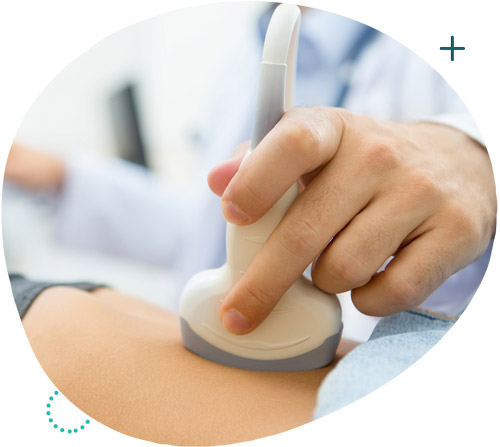This website uses cookies so that we can provide you with the best user experience possible. Cookie information is stored in your browser and performs functions such as recognising you when you return to our website and helping our team to understand which sections of the website you find most interesting and useful.
Surgery
Surgery
Laparoscopy
Laparoscopy is a surgical method that has revolutionized the surgical treatment of gynecological pathology and beyond. It is a minimally invasive method, with which almost all gynecological operations can now be performed by specialized gynecologists, avoiding “opening” the abdomen. The main advantages over classic “open” surgery are the reduction of morbidity, less blood loss, faster recovery, less post-operative pain, lower rate of surgical wound infections, lower rate of post-operative adhesions, better aesthetic result.
The most common operations in gynecology are:
- removal of ovarian cysts
- removal of the adnexa (ovary and fallopian tube)
- ectopic pregnancy
- sterilization
More specialized surgeries are:
- fallopian tube surgery
- hysterectomy (removal of the uterus)
- enucleation of fibroids (removal of fibroids)
- treatment of endometriosis
- prolapse of the pelvic floor (prolapse of the bladder, bowel, uterus)
- uterine cancer
Most of the time (it depends on the complexity of the surgery), 4 holes in the abdomen are enough to do the surgery. One at the level of the ombilicus of 10mm and three lower, just above the pubic bone, of 5mm each. The abdomen is “inflated” from the ombilicus with air (carbon dioxide) and with a specially designed camera, we can see its interior on a screen. Then with special tools we can reproduce all the movements we would do in an “open” surgery. At the end of the operation, we deflate the abdomen and withdraw the instruments.

The entire procedure is performed under general anesthesia and requires a specially designed space and trained nursing staff. Robotics is also an evolution of laparoscopic surgery, which offers greater comfort to the surgeon’s movements, but at much higher financial costs. After a laparoscopic surgery, the patient can get out of bed the same day, eat lightly, and most of the time she is discharged the day after the surgery. A common discomfort postoperatively, but not systematically, is slight pain in the shoulders and a feeling of bloating, fullness or heaviness in the abdomen. This is due to the carbon dioxide we use to “inflate” the belly, it is insignificant and usually does not last more than 24-48 hours, as this is how long it takes for it to be absorbed by the body.
Laparoscopy is a modern and safe surgical method that should not be scary if it is applied by specialized gynecologists. It combines the same good surgical results (perhaps even better in some cases) with an incomparably better postoperative course compared to “open” surgery.









